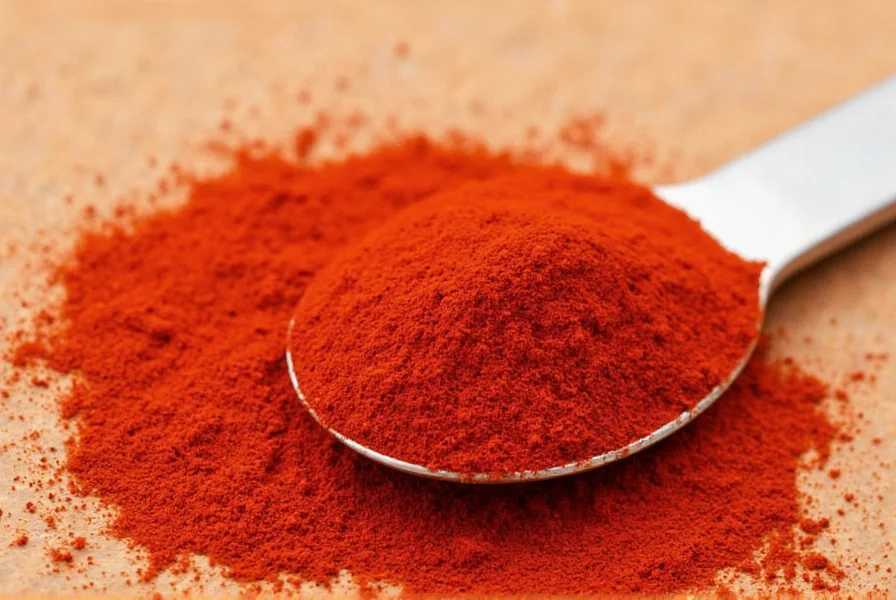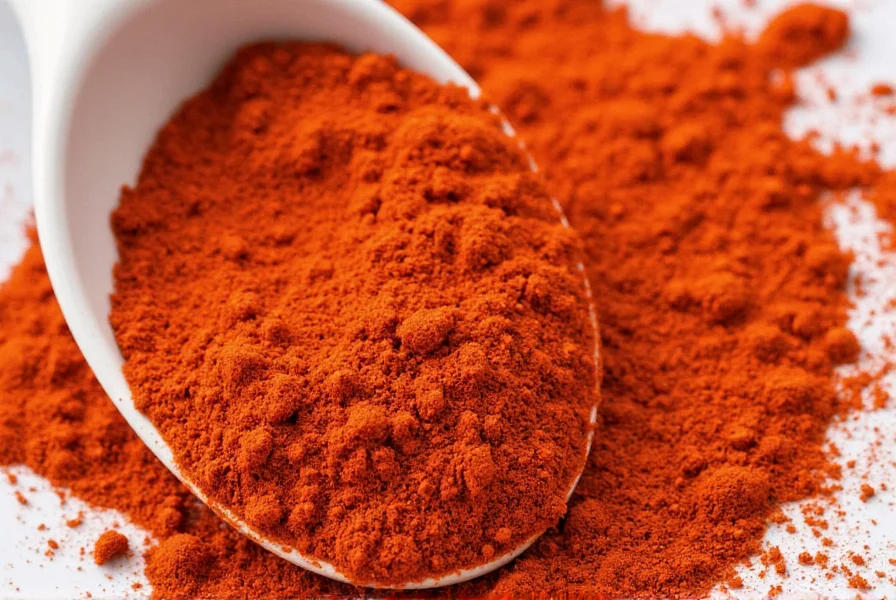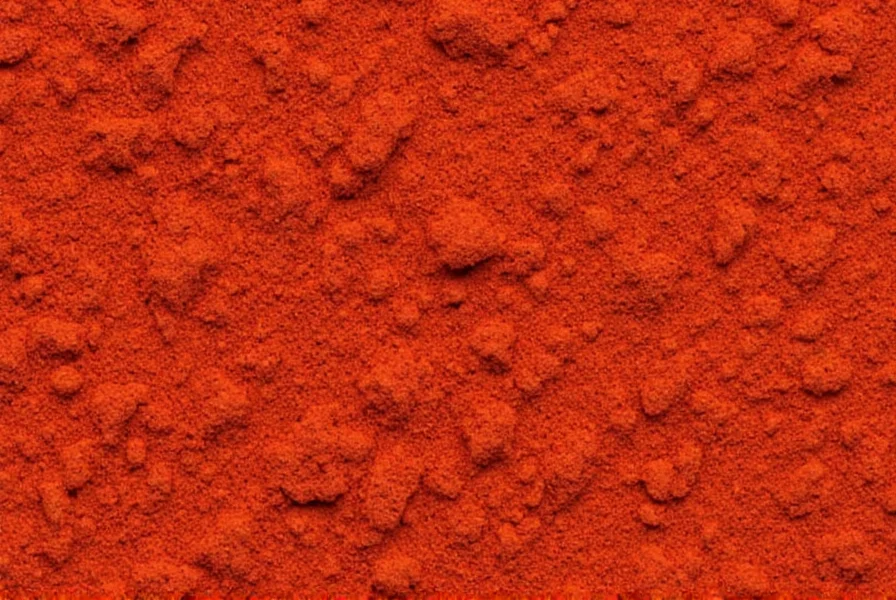Many people mistakenly assume paprika exists only for color, but this vibrant red spice contributes essential flavor dimensions to cuisines worldwide. The question does paprika have flavor likely stems from encountering bland, stale paprika or confusing it with pure coloring agents. Fresh, quality paprika offers nuanced tasting notes that transform dishes in ways mere food coloring never could.
What Exactly Is Paprika?
Paprika is a ground spice made from dried peppers belonging to the Capsicum annuum species. Unlike chili powder blends that often include additional spices, authentic paprika contains only dried, ground peppers. The specific pepper varieties used—and how they're processed—determine paprika's final flavor profile.
Originating in Central America, peppers traveled to Europe via Spanish and Portuguese explorers. Hungary and Spain later developed distinctive paprika traditions that continue today. Hungarian paprika production follows strict classification standards with eight official flavor categories, while Spanish paprika (pimentón) focuses on smoking techniques that create unique flavor dimensions.

Decoding Paprika's Flavor Spectrum
Paprika's flavor characteristics depend on three primary factors: pepper variety, ripeness at harvest, and processing method. This creates a surprisingly diverse flavor landscape:
| Type of Paprika | Flavor Profile | Heat Level (Scoville) | Best Culinary Uses |
|---|---|---|---|
| Sweet Hungarian | Fruity, pepper-forward, slightly sweet | 0-150 SHU | Goulash, chicken paprikash, deviled eggs |
| Smoked Spanish (Pimentón) | Woody, campfire smoke, earthy | 100-500 SHU | Paella, chorizo, roasted vegetables |
| Hot Hungarian | Peppery, sharp, with citrus notes | 5,000-15,000 SHU | Spicy stews, meat rubs, bean dishes |
| Sweet California | Mild, vegetal, bell pepper-like | 100-500 SHU | Salmon seasoning, potato salads, sauces |
Why Some People Think Paprika Lacks Flavor
The misconception that paprika doesn't have flavor usually comes from three sources:
- Stale paprika – Paprika loses volatile flavor compounds quickly. Most supermarket paprika sits on shelves for months, becoming little more than colored powder
- Confusion with coloring agents – Some products labeled “paprika” contain fillers or are purely for color
- Incorrect usage – Adding paprika late in cooking or using insufficient quantity prevents flavor development
Fresh paprika should smell distinctly peppery with supporting notes depending on variety. When properly used, it contributes foundational flavor rather than just color. Understanding what does paprika taste like in its various forms helps cooks leverage its full potential.
Maximizing Paprika's Flavor in Cooking
To experience paprika's true flavor potential, consider these professional techniques:
- Bloom in fat – Heat paprika in oil or butter for 30-60 seconds before adding other ingredients to unlock flavor compounds
- Add early for depth – Incorporate during the sauté phase rather than at the end of cooking
- Pair with complementary flavors – Onions, garlic, tomatoes, and cumin enhance paprika's natural profile
- Store properly – Keep in an airtight container away from light and heat; use within 6 months
The difference between hungarian paprika vs spanish paprika illustrates how regional processing creates distinct flavor experiences. Hungarian varieties focus on pepper selection and ripeness, yielding fruit-forward profiles from mild to hot. Spanish pimentón gets its signature flavor from smoking peppers over oak fires, creating complex smoky-sweet notes even in mild varieties.

Common Paprika Flavor Myths Debunked
Several misconceptions persist about paprika's flavor characteristics:
Myth: All paprika tastes the same
Reality: Flavor varies dramatically by origin and processing. Hungarian noble sweet offers berry-like notes while Spanish smoked paprika delivers campfire aromas.
Myth: Paprika is just for color
Reality: While it provides vibrant hue, quality paprika contributes essential flavor dimensions. The question does paprika have flavor reflects misunderstanding of authentic spice quality.
Myth: Smoked paprika is always hot
Reality: Is smoked paprika spicy depends on the base peppers used. Spanish pimentón comes in sweet (dulce), medium (agridulce), and hot (picante) varieties regardless of smoking.
Selecting and Storing for Optimal Flavor
To ensure your paprika delivers maximum flavor:
- Check production dates – Freshness dramatically impacts paprika flavor profile
- Buy small quantities – Spices degrade faster in larger containers
- Store in dark glass – Light accelerates flavor compound breakdown
- Perform the sniff test – Fresh paprika should have strong, distinctive aroma
- Consider regional varieties – Different origins offer unique different types of paprika flavor
Understanding why does paprika have different flavors helps cooks select the right variety for each dish. The pepper varieties, growing conditions, ripeness at harvest, and processing methods all contribute to the final flavor experience. This complexity makes paprika far more than just a coloring agent—it's a flavor cornerstone in many global cuisines.











 浙公网安备
33010002000092号
浙公网安备
33010002000092号 浙B2-20120091-4
浙B2-20120091-4